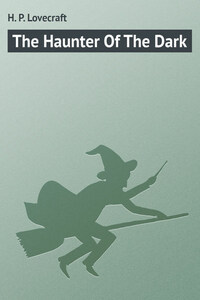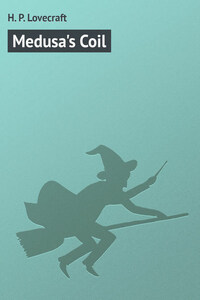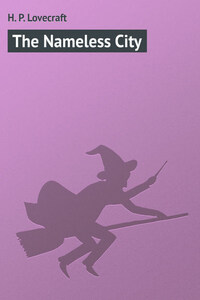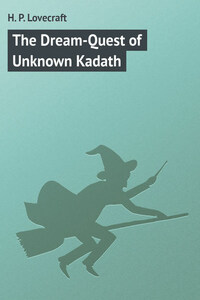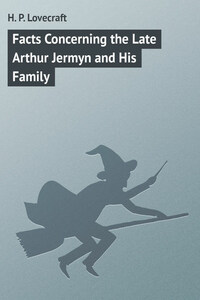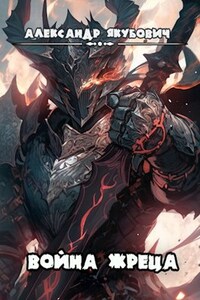(Dedicated to Robert Bloch)
I have seen the dark universe yawning
Where the black planets roll without aim,
Where they roll in their horror unheeded,
Without knowledge or lustre or name.
– Nemesis
Cautious investigators will hesitate to challenge the common belief that Robert Blake was killed by lightning, or by some profound nervous shock derived from an electrical discharge. It is true that the window he faced was unbroken, but nature has shown herself capable of many freakish performances. The expression on his face may easily have arisen from some obscure muscular source unrelated to anything he saw, while the entries in his diary are clearly the result of a fantastic imagination aroused by certain local superstitions and by certain old matters he had uncovered. As for the anomalous conditions at the deserted church of Federal Hill – the shrewd analyst is not slow in attributing them to some charlatanry, conscious or unconscious, with at least some of which Blake was secretly connected.
For after all, the victim was a writer and painter wholly devoted to the field of myth, dream, terror, and superstition, and avid in his quest for scenes and effects of a bizarre, spectral sort. His earlier stay in the city – a visit to a strange old man as deeply given to occult and forbidden lore as he – had ended amidst death and flame, and it must have been some morbid instinct which drew him back from his home in Milwaukee. He may have known of the old stories despite his statements to the contrary in the diary, and his death may have nipped in the bud some stupendous hoax destined to have a literary reflection.
Among those, however, who have examined and correlated all this evidence, there remain several who cling to less rational and commonplace theories. They are inclined to take much of Blake’s diary at its face value, and point significantly to certain facts such as the undoubted genuineness of the old church record, the verified existence of the disliked and unorthodox Starry Wisdom sect prior to 1877, the recorded disappearance of an inquisitive reporter named Edwin M. Lillibridge in 1893, and – above all – the look of monstrous, transfiguring fear on the face of the young writer when he died. It was one of these believers who, moved to fanatical extremes, threw into the bay the curiously angled stone and its strangely adorned metal box found in the old church steeple – the black windowless steeple, and not the tower where Blake’s diary said those things originally were. Though widely censured both officially and unofficially, this man – a reputable physician with a taste for odd folklore – averred that he had rid the earth of something too dangerous to rest upon it.
